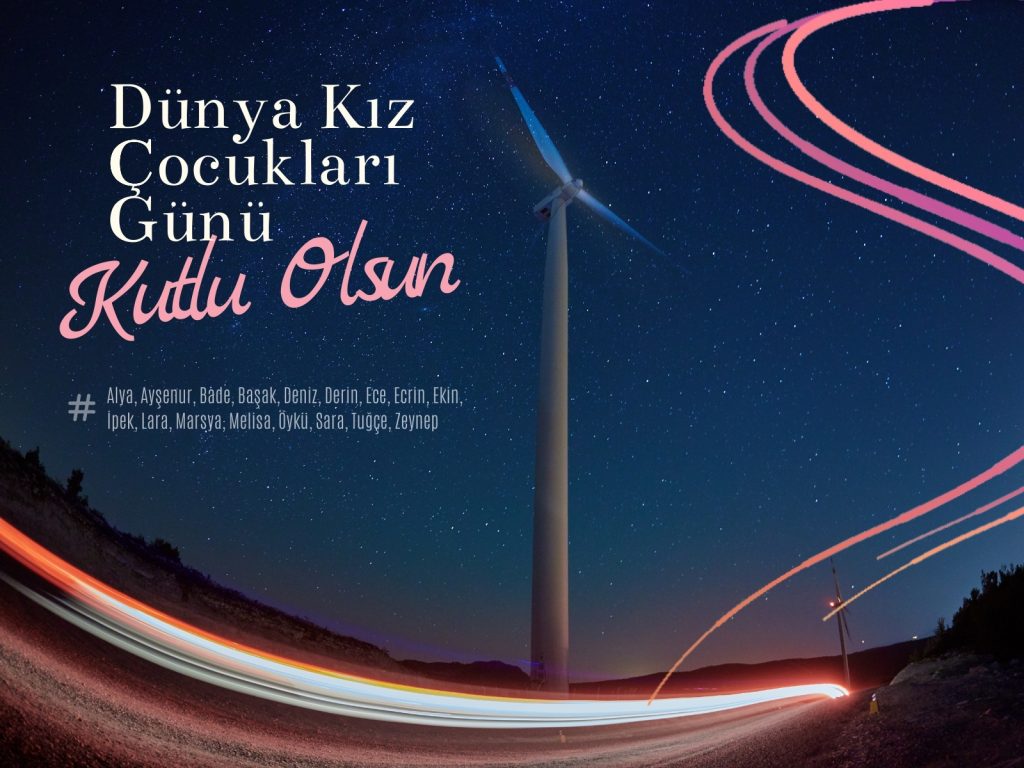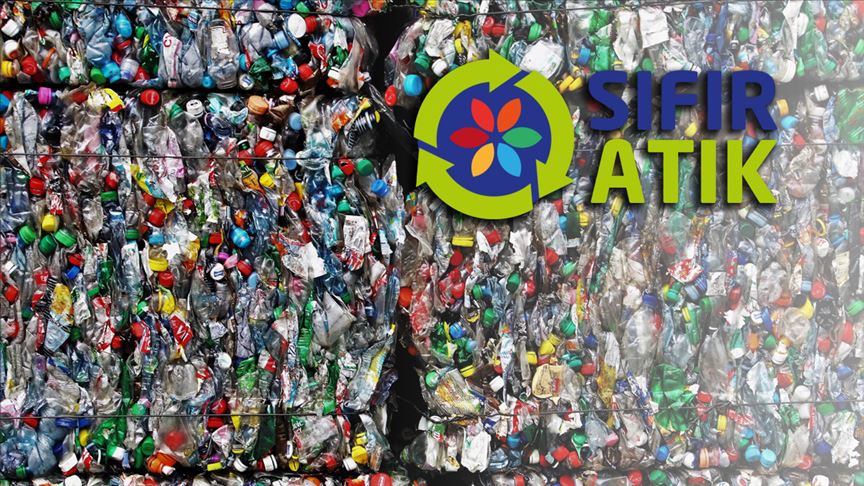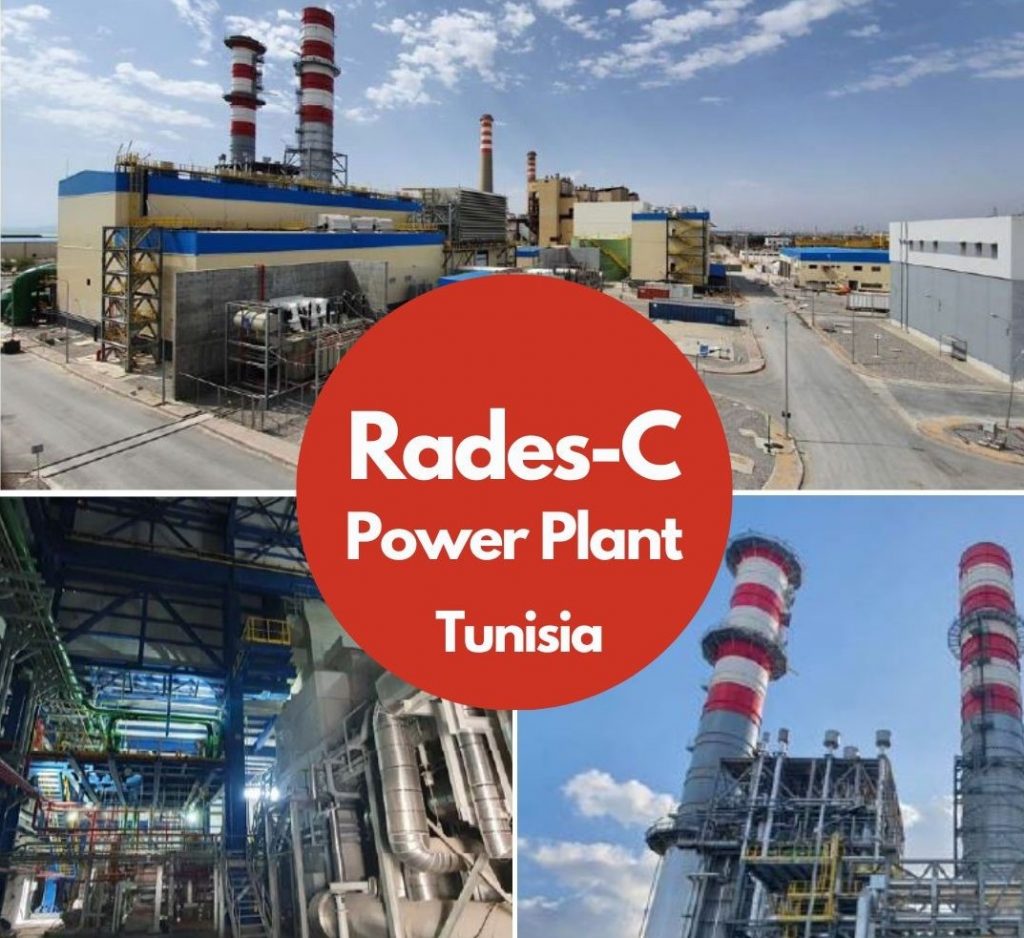In 62 years, GAMA has completed 300 major projects with a total cost of 22 billion USD.
GAMA, the first Turkish contractor to do business abroad, continues to build large projects around the world. Stating that they have successfully completed the most efficient power plant in the Middle East, Ömer Tunçata, Chairman of the Board of Directors of GAMA Holding, made special statements to the İnşaat Dünyası Magazine.
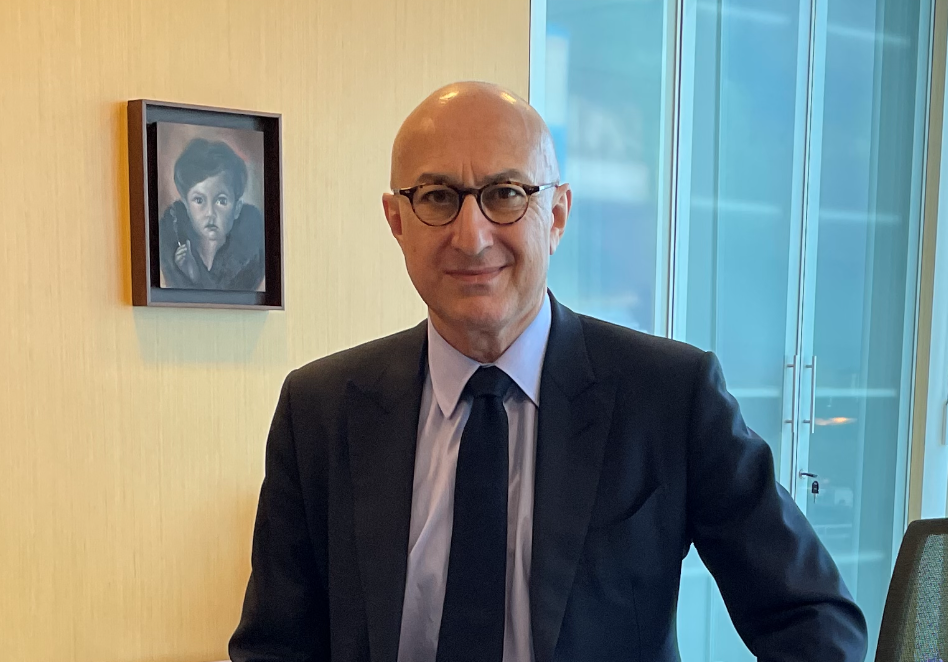
Can you outline the sectors in which GAMA Holding operates and the size it has reached in these sectors?
To fully answer this question, it would be appropriate to briefly mention the history of GAMA. GAMA was founded in 1959 as a construction contracting company by young engineers who graduated from ITU, Uğurhan Tunçata, Erol Üçer, Yüksel Erimtan, and businessman Raif Mumcu from Samsun. GAMA, which started to work by performing various construction and infrastructure works, undertook the construction works of Mersin Thermal Power Plant with the American company Babcock Wilcox between 1965-70 and stepped into the field of power plant and industrial contracting works. With this project, GAMA became the first Turkish company to compete against foreign companies doing business in this sector in Türkiye until that day. In the following years, GAMA continued to work by specializing and growing in the construction of power plants and industrial plants. The sectors in which GAMA specializes can be briefly summarized as thermal, hydroelectric, natural gas and wind power plants, refineries, petrochemical and chemical facilities, iron-steel and metallurgical facilities, natural gas processing and LNG facilities, cement factories, infrastructure and metro projects.
The founding partners of GAMA realized the potential in these sectors and in 1970, they made some of the engineers working and trained within the company a partner of the company with great dedication and foresight. In this way, the staff has rejuvenated and the continuity of the company has been ensured. In this way, GAMA has made great developments in the specified sectors, made continuous breakthroughs in this regard with the large number of qualified personnel it has trained, gained the ability to expand abroad and became the first Turkish contracting company to do business abroad. Over the years, many qualified personnel have been distributed to other organizations in the sector and acted as a GAMA school. I would also like to emphasize that Erol Özman and Ergil Ersü, one of the deans of the sector, who have a great share in GAMA’s reaching today’s size, took part in these cadres.
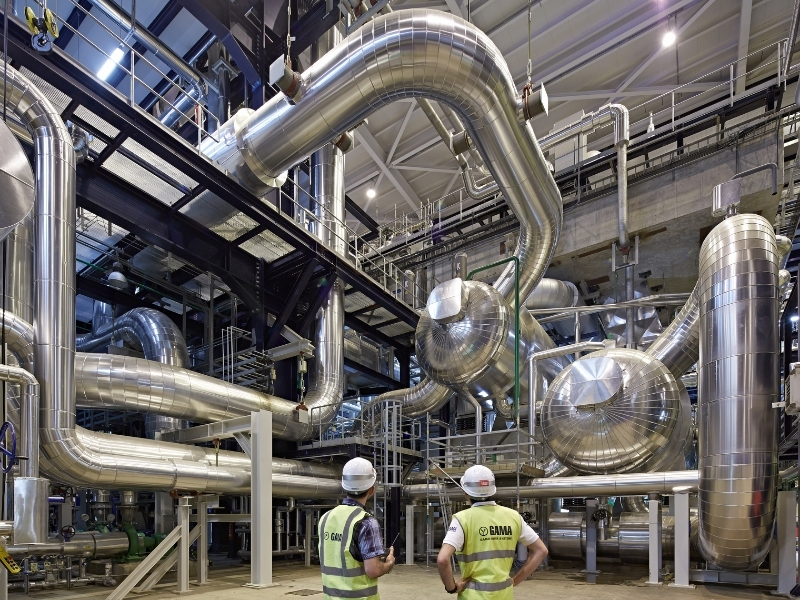 Riga 420 MW Combined Cycle Turbine
Riga 420 MW Combined Cycle Turbine
Over the past 62 years, GAMA has successfully completed numerous major projects. These include 48 power plants with a total capacity of 28,000 MW, 8 refineries with a capacity of 25 million tons/year, 12 cement plants with a capacity of 8 million tons/year and 5 iron and steel plants with a capacity of 17 million tons/year. Among the projects that stand out in terms of their features; Türkiye ‘s first build-operate-transfer project 672 MW Birecik Hydroelectric Power Plant, Türkiye’s first subway Ankara Metro, Türkiye’s first underwater transition project Marmaray Istanbul Strait Railway Crossing, the first submarine pipeline Istanbul Strait Crossing, Türkiye’s first turnkey Mobile Field Hospital project, Türkiye’s first Çayırhan Thermal Power Plant installed in Türkiye’s Flue Gas Treatment Plant, the world’s largest company Russian Gazprom’s 38-story Headquarters in Moscow, Türkiye’s first high-calorie imported coal power plant 1320 MW Iskenderun Sugözü Power Plant, the first build-operate power plant of the Republic of Ireland where GAMA is also an investor 400 MW Tynagh Combined Gas Turbine.
A total of 125,000 Turkish workers were employed in GAMA’s overseas projects. GAMA established GAMA Holding in 2002 to bring together many of its subsidiaries in the sector under one roof. Currently, the activities are carried out within 4 sub-companies. Energy commitments are carried out by GAMA Power Systems Inc., industrial commitments are carried out by GAMA Industry Inc., energy and water investments are carried out by GAMA Enerji Inc., and some commercial activities are carried out by GAMA Trade Inc. GAMA Holding’s new field of activity is health investments in Türkiye.
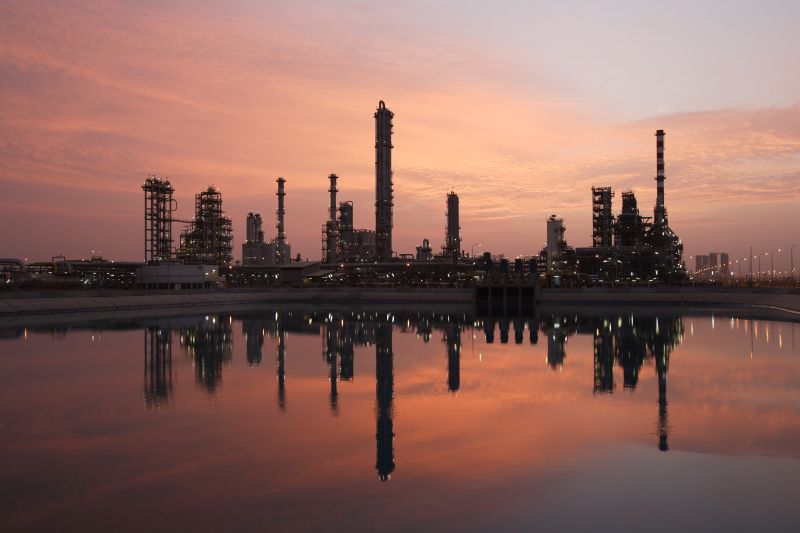 NATPET Polypropylene Plant
NATPET Polypropylene Plant
In addition to Türkiye, how many countries have you produced projects in the construction sector so far? GAMA, predominantly in which countries?
Since 1975, GAMA has become an international brand with its opening abroad. It has grown into a world brand with its activities spreading to Europe, South East Asia, the Middle East, North Africa, Russia and CIS countries. Thanks to his experience in different geographical conditions, he has improved his ability to do business anywhere in the world. He completed as many as 300 large-scale projects in 20 different countries, 170 of which were in Türkiye, except for manufacturing projects in the geography extending from Ireland in the west to Sakhalin Island in Russia in the east. One of the projects completed in two very different geographies is the YAMAL LNG plant in the Arctic region, where the air temperature drops to -50 degrees; the other is the ALBA Combined Cycle Gas Turbine project, the largest and most efficient power plant in Bahrain, where the air temperature rises to +54 degrees. After Türkiye, GAMA mainly did business in Russia, Saudi Arabia and the Republic of Ireland. Our 6 ongoing projects are located in Türkiye, Algeria, Tunisia, Iraq and Libya.
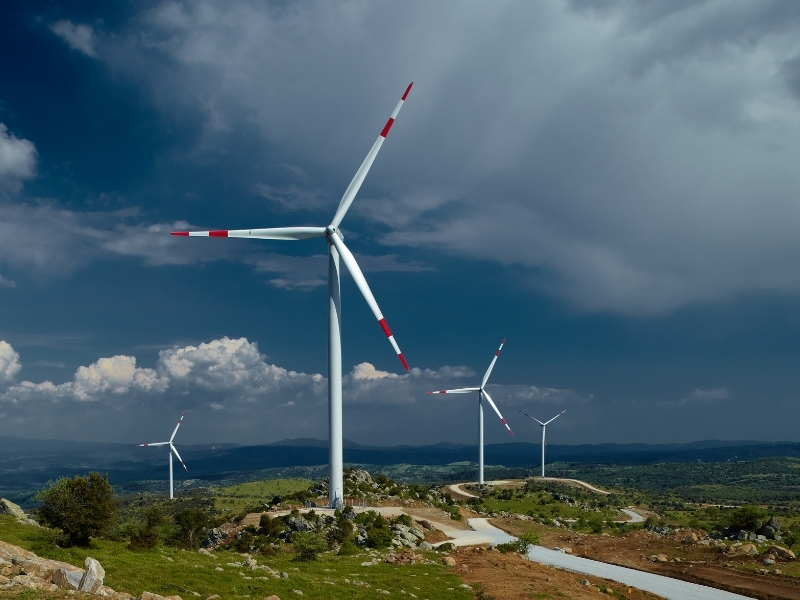 Sares Wind Power Plant
Sares Wind Power Plant
How has 2020 been for you? How did the pandemic process reflect on your projects abroad and domestically?
In 2020, the world witnessed an important period. Like most institutions, we were affected by the pandemic. However, our 62 years of experience helps us overcome the different and risky conditions we face in different geographies. As a precaution, we first changed the way we work, implementing the remote working model very quickly in our head office. In order not to endanger the health of our employees, we interrupted some of our ongoing commitment projects and slowed down some of our projects. We continue our projects by taking all the necessary measures in accordance with the pandemic conditions.
We would also like to discuss your ongoing and upcoming projects. How is your agenda regarding commitment and build-operate-transfer projects progressing?
GAMA has 4 ongoing power plants and 2 city hospital projects with a total cost of USD 2 billion. 200 MW Hartha Thermal Power Station Rehabilitation in Iraq -Unit 1, 750 MW Boufarik Simple Cycle Power Plant in Algeria and 450 MW Rades C Combined Cycle Power Plant projects in Tunisia are expected to be completed in 2021. Our 4×350 MW Al Khalij Thermal Power Plant project in Libya was stopped for the third time due to force majeure after the civil war that started in Libya in February 2011. Our negotiations continue to continue in line with the employer’s request. Within the scope of GAMA privatization, it has been in the energy projects made with the Build-Operate-Transfer model from the beginning and today it plays an active role in the energy market with GAMA Enerji with an installed power of 1100 MW.
GAMA’s energy investments consist of natural gas cycle power plants, wind power plants and hydroelectric power plants, and it also carries out commercial activities within the energy market. There are İzmir Bayraklı and Kocaeli Integrated Health Campus projects that we carry out in partnership with Türkerler Holding within the scope of city hospitals projects that started to be tendered in 2011 and implemented with the Public-Private Partnership (PPP) model. In addition to the ongoing projects, we closely follow large infrastructure projects such as power plants, industrial facilities and TPAO’s Black Sea gas basin project during this period. Currently, the size of the business that our business development teams follow is close to 10 billion USD.
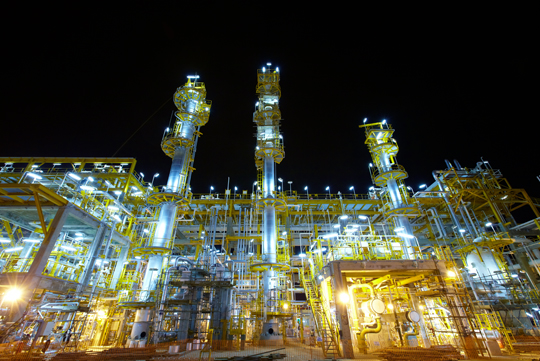
Yemen LNG Facility
How much has Yemen LNG Facility GAMA Holding achieved in total so far abroad? Will there be new markets that you aim to add to the countries/regions where you produce projects?
As GAMA Holding, we have achieved a project cost of 22 billion USD so far. The World Bank’s June 2020 report highlights the positive impact of Chinese demand recovery on commodity and energy demand. In parallel, the fact that energy and commodity exporting countries have an important place in GAMA’s target markets creates a positive expectation in terms of contracting works of power plants and industrial facilities. Despite the Covid-19 outbreak, we see that there is still a satisfactory market in the world for energy plants and industrial facility commitment, which is our expertise. These target markets include the Middle East, Russia, Ukraine and other CIS countries, Africa, Europe, South America, the Far East and Türkiye. Apart from these markets, we are always open to cooperation with different companies and new geographies using our experience.
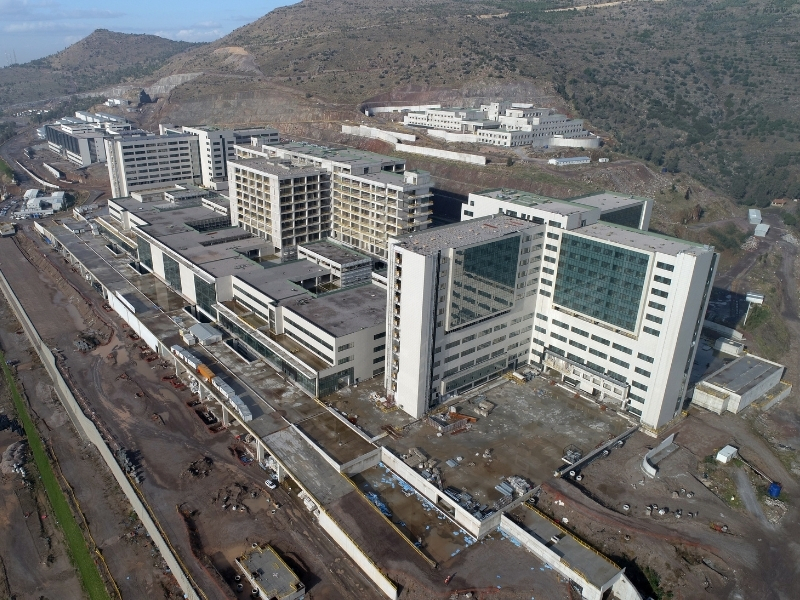
İzmir City Hospital
İzmir City Hospital has been on Engineering News-Record (ENR)’s list of the largest international contractors for 21 years. What is at the heart of GAMA’s many years of success?
We are proud that GAMA has been on the ENR list for 21 years. The basis of this success is to be focused on development and change with the understanding of international management, to be able to make deep-rooted collaborations and joint ventures with domestic and foreign companies, to develop the ability to do business in different cultural, social and geographical conditions of the world, to have a qualified workforce, to specialize in certain issues, to put the customer at the forefront and to be able to do business without compromising on quality. However, one of the cornerstones of our success is that we finish our work on time and without any serious disputes with our employers and partners. GAMA has developed and effectively implements unique procedures and software that incorporate modern project management techniques in the areas in which it specializes. In all his works, he does not compromise on the principles of total quality management, commitment to ethical values and occupational health and safety. Effectively implements risk and compliance management. With this aspect, GAMA has expanded its business volume by gaining the respect of large international companies with which it cooperates. Today, GAMA has become one of the leading companies in the world, especially in the field of turnkey construction of power plants.
What kind of process do you foresee for the Turkish construction sector in the coming period?
We think that countries will prioritize infrastructure investments as a solution in the short term for the employment problem caused by Covid-19 conditions. However, some new investments may be replaced by rehabilitation and renovation projects to increase the efficiency of the facilities already in operation. We expect some projects whose construction tender processes have been postponed due to the pandemic to come up again and quickly. Turkish contracting companies have undertaken very high value projects all over the world to date and have become one of the sectors that bleach the face of Türkiye with their success. Turkish contracting firms continued to perform against political and economic fluctuations in the world thanks to their entrepreneurship, rapid adaptation and mobility. Despite the global effects of the pandemic and the pandemic, the projects continued even if they slowed down. As Turkish contracting companies in 2021, I think we will continue to undertake large projects in many different regions of the world.

Yamal LNG Facility
What does Yamal LNG Facility, Russian Federation GAMA Holding aim for from now on, especially in relation to its activities abroad?
Although it will take time to reach pre-COVID-19 levels in many sectors, I believe that the economic recovery will gradually accelerate starting from 2021. In particular, I think that large infrastructure projects that will increase employment will be on the priority agendas of countries and will create new business opportunities for us. I can say that I have a positive view of 2021. In this context, our near future foreign target as GAMA is to continue in the sectors we are currently active and specialize in. We aim to receive new commitment projects, evaluate investment opportunities in the field of energy and water, and make strategic collaborations. GAMA will continue to support production, trade, service, employment and exports by working in the most efficient way in line with the interests of our country and all our stakeholders.
Construction World, May 2021
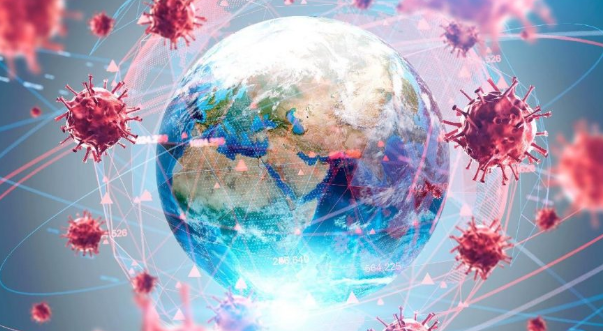

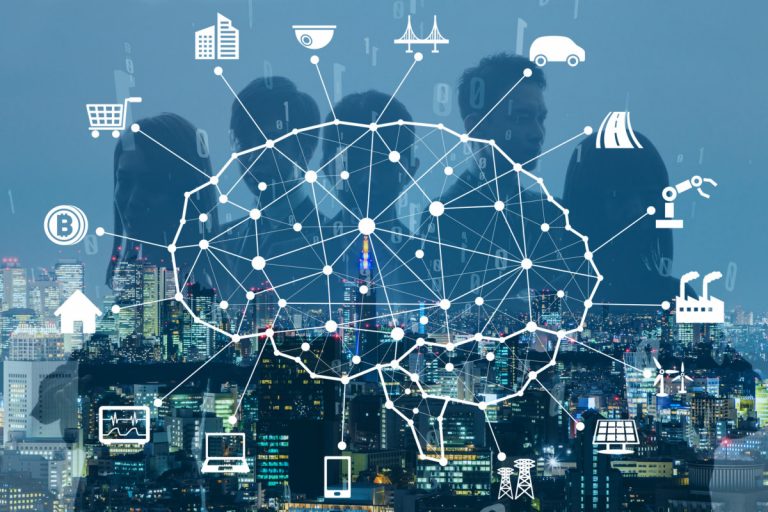
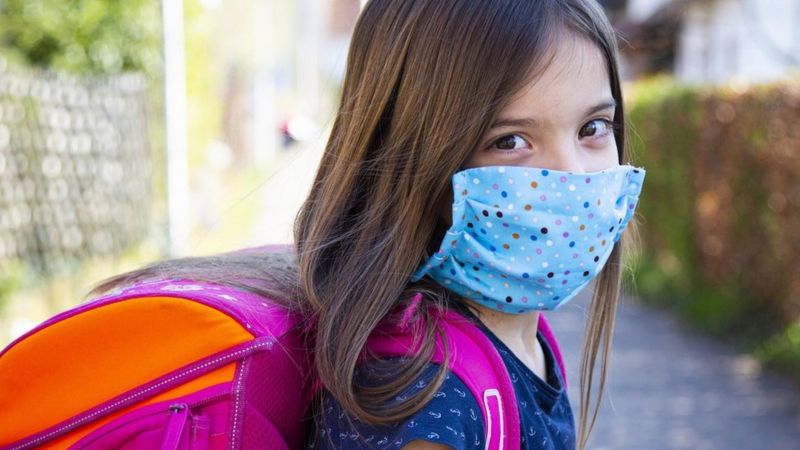
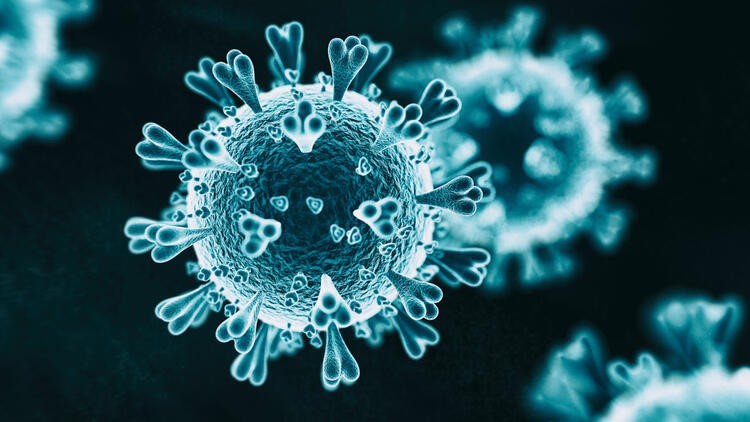

 Riga 420 MW Combined Cycle Turbine
Riga 420 MW Combined Cycle Turbine NATPET Polypropylene Plant
NATPET Polypropylene Plant Sares Wind Power Plant
Sares Wind Power Plant


